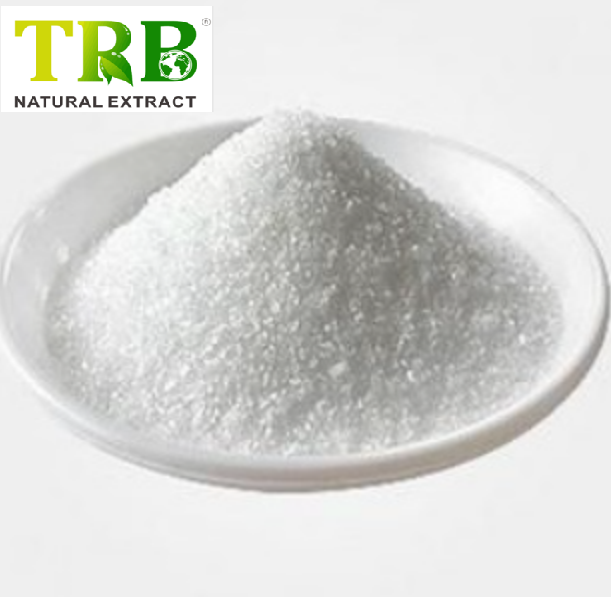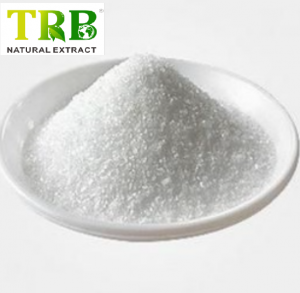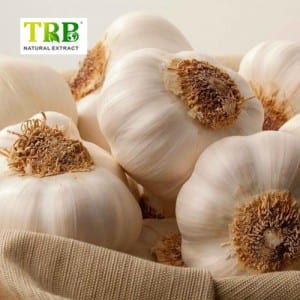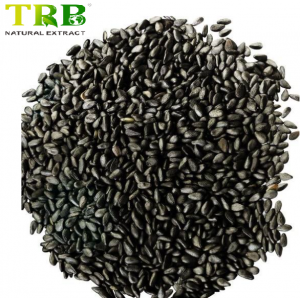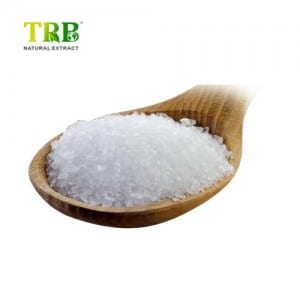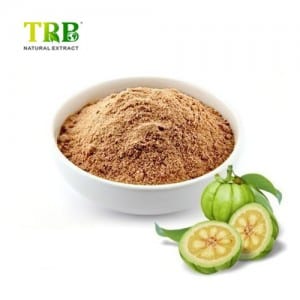Product Name:Inositol
Specification: Min 97.0%
Chemical Properties:White crystal or crystalline powder, odorless, and sweet; Relative density: 1.752 (anhydrous), 1.524(dihydrate), m.p. 225~227 ℃ (anhydrous), 218 °C (dihydrate), boiling point 319 °C. Dissolved in water (25 °C, 14g/100mL; 60 °C, 28g/100mL), slightly soluble in ethanol, acetic acid, ethylene glycol and glycerol, insoluble in ether, acetone and chloroform. Stable in air; Stable to heat, acid and alkali, but is hygroscopic.
CAS No:87-89-8
Inositol Product Description: Benefits, Uses, and Safety Information
1. Product Overview
Inositol, also known as myo-inositol or hexahydroxycyclohexane (CAS No: 87-89-8, EC No: 201-781-2), is a naturally occurring carbohydrate compound classified as a vitamin-like substance. It plays critical roles in cellular signaling, lipid metabolism, and membrane structure. With the molecular formula C₆H₁₂O₆ and a molecular weight of 180.16 g/mol, it is widely used in pharmaceuticals, cosmetics, food additives, and dietary supplements.
2. Key Features & Chemical Properties
- Synonyms: Meso-inositol, Cyclohexitol, Vitamin B8.
- Structure: A cyclic polyol with six hydroxyl groups, existing in nine isomeric forms, with myo-inositol being the most biologically active.
- Purity: ≥98% (via fermentation or chemical synthesis).
- Storage: Stable at room temperature; hygroscopic—store in a dry environment.
3. Applications
A. Cosmetics
- Functions: Acts as a humectant, antistatic agent, and hair conditioner.
- Safety: Approved by the EU Cosmetic Regulation with no usage restrictions. Safe for leave-on products at up to 3.975% concentration.
B. Food & Nutrition
- GRAS Status: Recognized as Generally Recognized As Safe (GRAS) by the FDA for use in food and dietary supplements.
- Natural Sources: Found in fruits, grains, nuts, and meat. The average daily intake in a 2500 kcal diet is ~900 mg.
- Infant Formula: Compliant with regulatory standards in the EU, Australia, and China.
C. Pharmaceuticals
- Therapeutic Uses:
- Lipid Management: Reduces cholesterol and supports liver health as a lipotropic agent.
- Peripheral Vascular Disorders: Inositol hexanicotinate (CAS 6556-11-2) is used to improve blood flow and treat atherosclerosis.
- Mental Health: Studied for potential benefits in anxiety, depression, and polycystic ovary syndrome (PCOS).
4. Safety & Compliance
- Non-Toxic: No significant risks reported in cosmetic or dietary applications.
- Regulatory Approvals:Safety Data Sheet (SDS): Complies with EU Regulation 2020/878.
- FDA: Listed under 21CFR184.1370 (food) and 21CFR582.5370 (animal feed).
- EMA: Included in the XEVMPD database (Index SUB02688MIG).
5. Production & Quality Control
- Synthesis Methods:Quality Assurance: HPLC and UPLC-MS/MS testing ensure compliance with pharmacopeial standards.
- Fermentation: Utilizes glucose, ammonium chloride, and urea in microbial cultures.
- Purification: Treated with decolorizing resins, anion-exchange resins, and crystallized with acetone for high purity.
6. Packaging & Ordering Information
- Form: White crystalline powder or aqueous solutions (e.g., inositol hexaphosphate 40-50% solution).
- Packaging Options: 100 mg to 1 kg; custom bulk orders available.
- Global Shipping: Complies with HS codes 29061300 (most countries) and HTS Pharmaceutical Appendix (USA).
7. Keywords
- “Buy Inositol CAS 87-89-8″
- “myo-Inositol for PCOS”
- “GRAS-approved Inositol”
- “Inositol hexanicotinate supplier”
- “Cosmetic-grade Inositol”
8. Why Choose Us?
- Certifications: ISO, FDA, and REACH compliant.
- Customization: Tailored formulations for pharmaceuticals, nutraceuticals, and cosmetics.
- Technical Support: Detailed SDS, COA, and application guides provided.
For inquiries or samples, contact us today!
